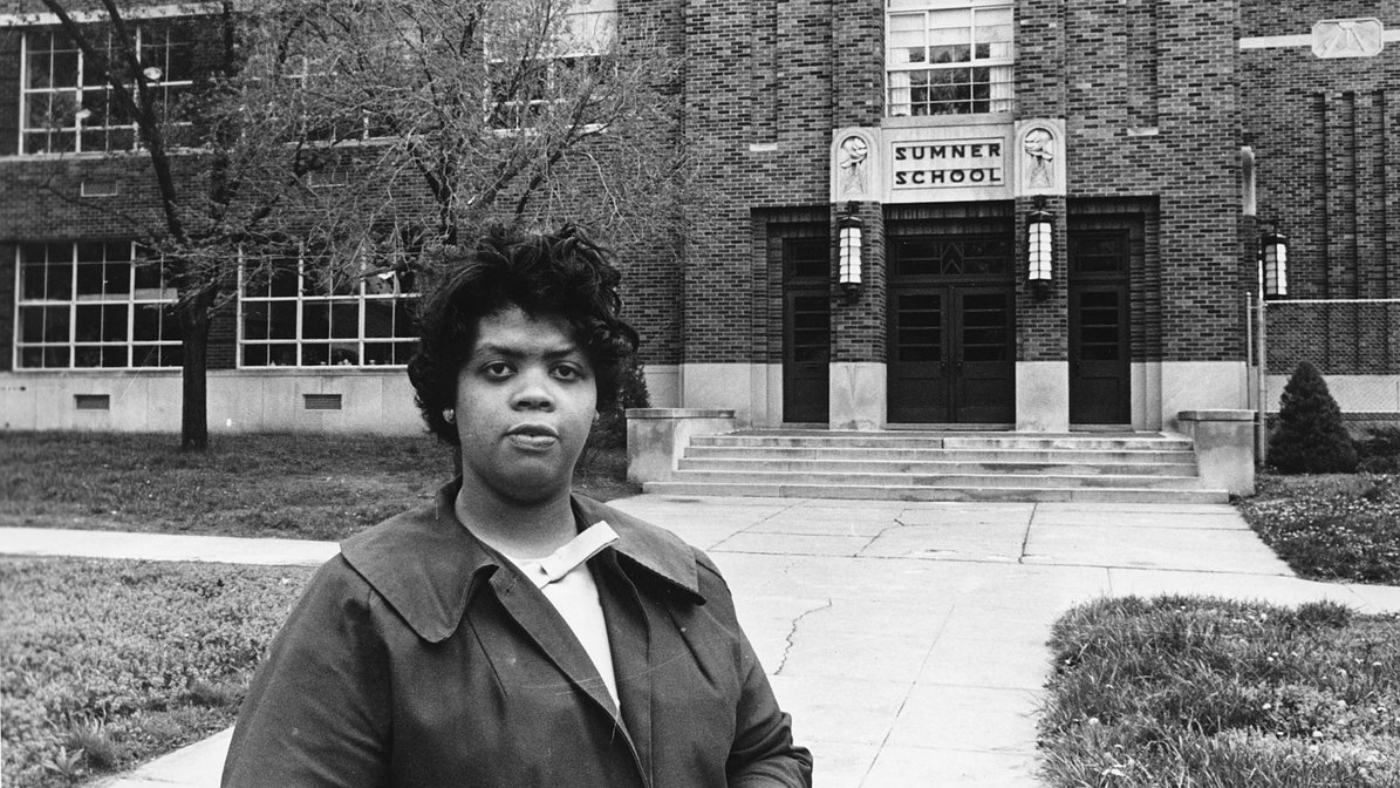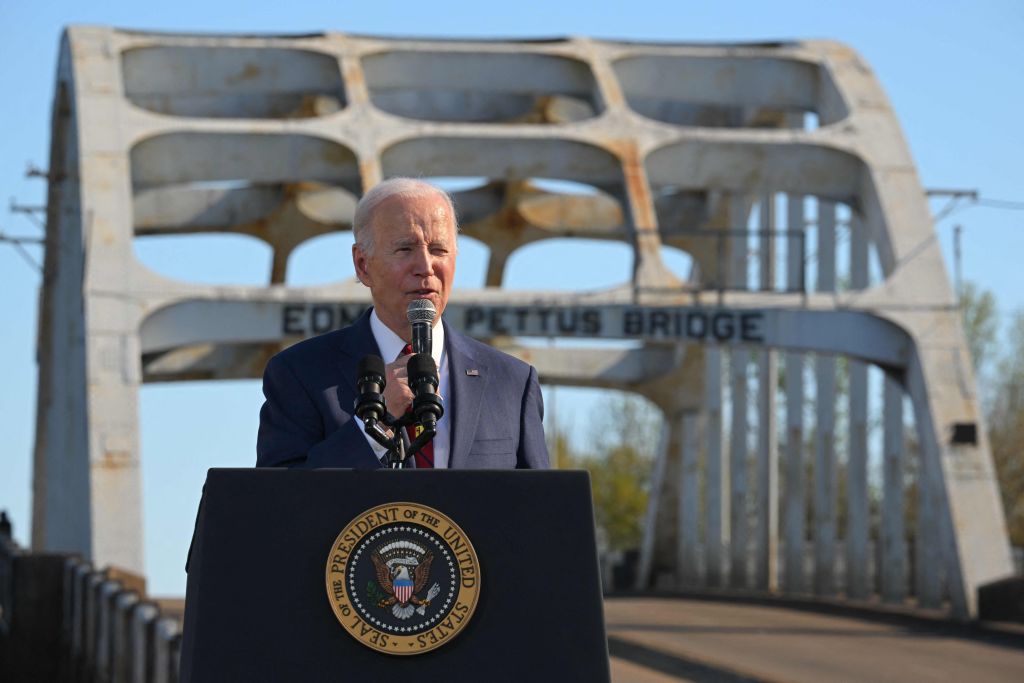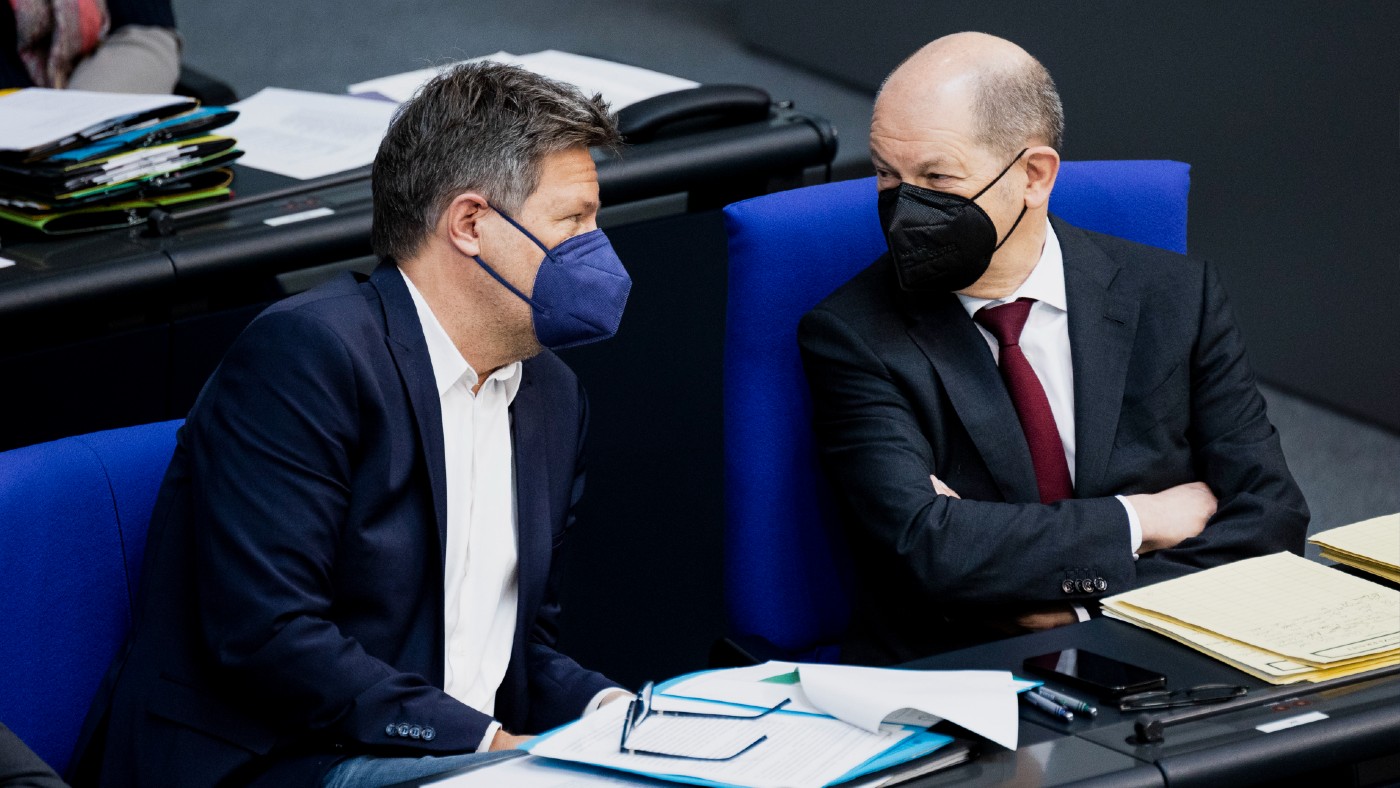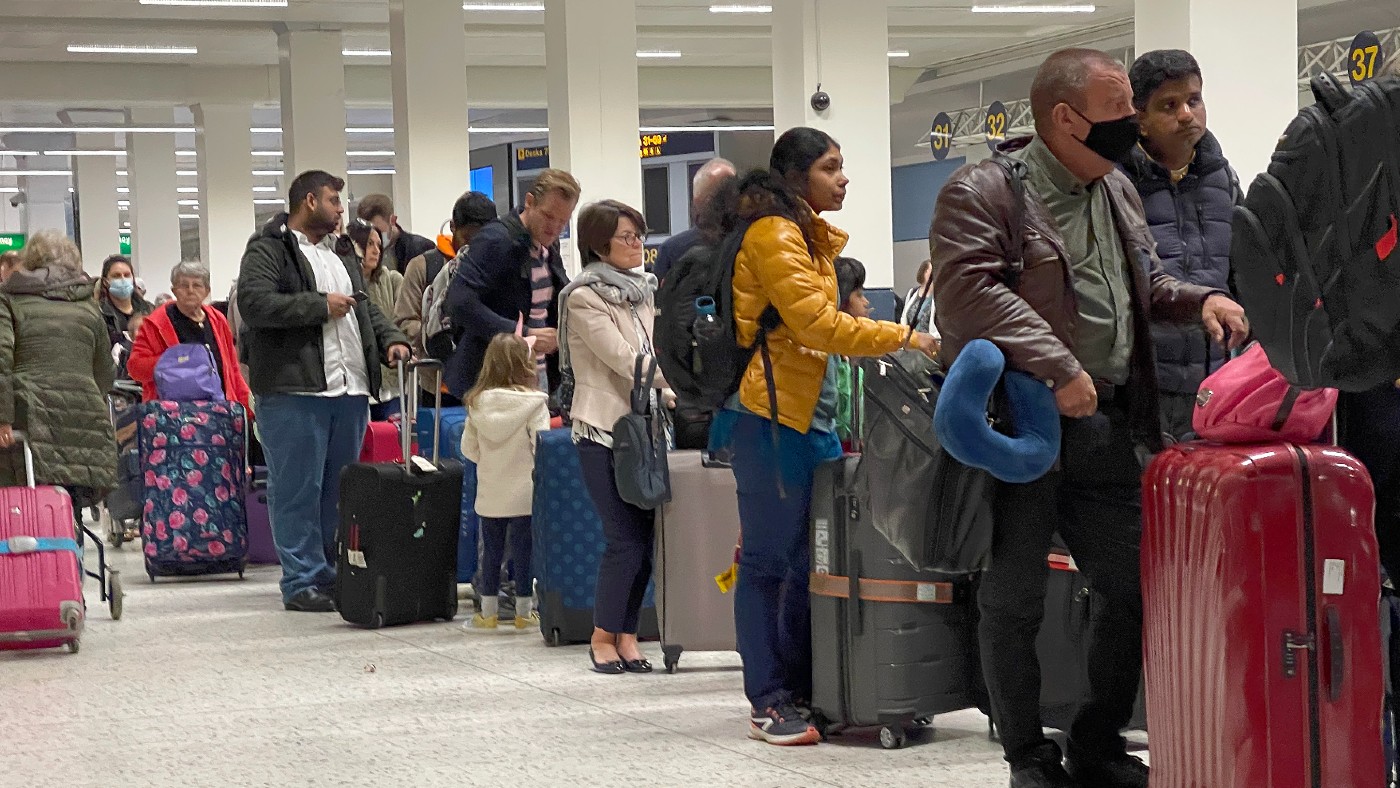Linda Brown: girl at centre of Brown vs. Board civil rights case dies aged 76
Tributes pour in for ‘incredible’ woman who sparked a landmark desegregation ruling in 1954

Linda Brown, whose attempt to enrol at an all-white school led to a landmark US civil rights ruling, has died aged 76.
Brown died on Sunday afternoon in Topeka, Kansas, a spokesperson confirmed, prompting a flood of tributes from lawmakers and civil rights activists.
Kansas governor Jeff Colyer tweeted his condolences, saying that the actions of Brown and her family had had an “incredible impact” on the world.
The Week
Escape your echo chamber. Get the facts behind the news, plus analysis from multiple perspectives.

Sign up for The Week's Free Newsletters
From our morning news briefing to a weekly Good News Newsletter, get the best of The Week delivered directly to your inbox.
From our morning news briefing to a weekly Good News Newsletter, get the best of The Week delivered directly to your inbox.
What was Brown vs. Board of Education?
In 1951, a nine-year-old Brown was barred from attending an all-white school close to her home in Topeka, Kansas, where elementary schools were segregated by race. Instead, she and her sister had to travel by foot and bus to an all-black school across town.
A 1896 Supreme Court ruling known as Plessy vs. Ferguson permitted racial segregation at public institutions and established the “separate but equal doctrine” that formed the legal basis for the Jim Crow laws which relegated black people to second-class citizenship in the South.
The Virginia Museum of History & Culture writes that in the decades leading up to the 1950s, segregated black-only schools were “at the mercy of the white-controlled state government for funding”.
A free daily email with the biggest news stories of the day – and the best features from TheWeek.com
Because “many whites did not want blacks to become educated, fearing they would challenge white supremacy and not be content with jobs working in the fields or in domestic service”, black schools were left with fewer books and supplies, worse buildings and underpaid teachers compared to their white counterparts.
After unsuccessfully attempting to enrol Brown at the nearby white school, her father, Oliver, a railway welder, joined a dozen other local black families in a class action lawsuit organised by the NAACP. Their case against segregated education was presented to the Supreme Court as “Oliver L. Brown et al vs. Board of Education of Topeka, Shawnee County, Kansas, et al”, commonly referred to as Brown vs. Board.
The NAACP case was led by lawyer Thurgood Marshall, who would later become the first black Supreme Court justice, writes CNN.
The court ruled in 1954 that “separate educational facilities are inherently unequal”, and thus amounted to a violation of the 14th Amendment of the US Constitution, which states that no citizen can be denied equal protection under the law. By this time, Brown had already graduated from her segregated elementary school, although her younger siblings were able to attend the city’s newly integrated elementary schools.
The ruling became a landmark event in the US civil rights movement, kickstarting the process of desegregating educational institutions in the US, although lawmakers in a number of states including Virginia, Texas and Arkansas attempted to resist the legislation.
“When finally nine black students enrolled at an all-white high school in Little Rock [Arkansas] in 1957, they had to be escorted onto the campus by federal guards,” says NPR.
In an interview in 1985, Brown said that she believed her father instigated the lawsuit because he “felt that it was wrong for black people to have to accept second-class citizenship, and that meant being segregated in their schools.
“He believed that a child having to go so far to receive a quality education was wrong, just because of the colour of skin, and he was very, very determined that something was going to be done about this,” she added.
Sherrilyn Ifill, president and director-counsel at NAACP Legal Defense and Educational Fund, said: “Linda Brown is one of that special band of heroic young people who, along with her family, courageously fought to end the ultimate symbol of white supremacy; racial segregation in public schools.
“She stands as an example of how ordinary schoolchildren took centre stage in transforming this country. It was not easy for her or her family, but her sacrifice broke barriers and changed the meaning of equality in this country.”
-
 Political cartoons for January 3
Political cartoons for January 3Cartoons Saturday's political cartoons include citizen journalists, self-reflective AI, and Donald Trump's transparency
-
 Into the Woods: a ‘hypnotic’ production
Into the Woods: a ‘hypnotic’ productionThe Week Recommends Jordan Fein’s revival of the much-loved Stephen Sondheim musical is ‘sharp, propulsive and often very funny’
-
 ‘Let 2026 be a year of reckoning’
‘Let 2026 be a year of reckoning’Instant Opinion Opinion, comment and editorials of the day
-
 NAACP, other rights groups warn tourists to avoid DeSantis' 'openly hostile' Florida
NAACP, other rights groups warn tourists to avoid DeSantis' 'openly hostile' FloridaSpeed Read
-
 Biden commemorates Bloody Sunday in Selma, Alabama
Biden commemorates Bloody Sunday in Selma, AlabamaSpeed Read
-
 Home Office worker accused of spiking mistress’s drink with abortion drug
Home Office worker accused of spiking mistress’s drink with abortion drugSpeed Read Darren Burke had failed to convince his girlfriend to terminate pregnancy
-
 In hock to Moscow: exploring Germany’s woeful energy policy
In hock to Moscow: exploring Germany’s woeful energy policySpeed Read Don’t expect Berlin to wean itself off Russian gas any time soon
-
 Were Covid restrictions dropped too soon?
Were Covid restrictions dropped too soon?Speed Read ‘Living with Covid’ is already proving problematic – just look at the travel chaos this week
-
 Inclusive Britain: a new strategy for tackling racism in the UK
Inclusive Britain: a new strategy for tackling racism in the UKSpeed Read Government has revealed action plan setting out 74 steps that ministers will take
-
 Sandy Hook families vs. Remington: a small victory over the gunmakers
Sandy Hook families vs. Remington: a small victory over the gunmakersSpeed Read Last week the families settled a lawsuit for $73m against the manufacturer
-
 Farmers vs. walkers: the battle over ‘Britain’s green and pleasant land’
Farmers vs. walkers: the battle over ‘Britain’s green and pleasant land’Speed Read Updated Countryside Code tells farmers: ‘be nice, say hello, share the space’